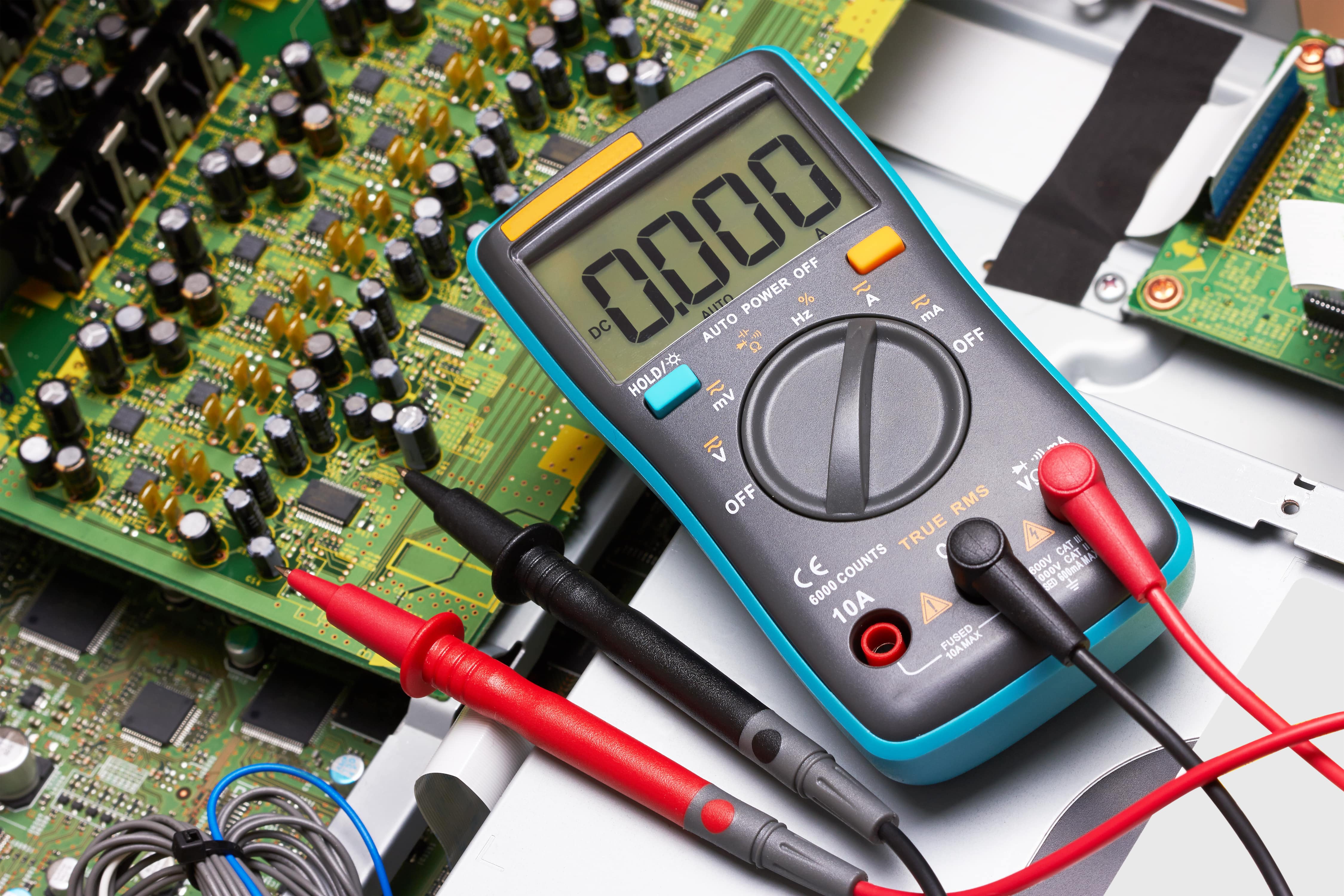
RF Component Testing (Standalone)
RF components play a crucial role in modern communication devices, radar systems, wireless sensors, and navigation systems. To ensure the performance and reliability of these components, standalone RF component testing provides comprehensive evaluations of electrical characteristics and environmental resistance, ensuring stability and efficiency across various applications. These tests are widely used in electronic manufacturing, communication equipment, and high-reliability applications.
Basic Principles and Importance of RF Component Testing
RF component testing evaluates the performance and reliability of components by measuring key electrical parameters under RF signals, such as gain, noise figure, power output, frequency response, harmonic distortion, and return loss. These tests can identify potential defects and inconsistencies in components, ensuring stability and efficiency under various operating conditions.
The performance of RF components is critical to the overall quality of communication devices and wireless systems. Detailed testing ensures these components meet design specifications and application requirements, preventing system failures and performance degradation due to component faults. In high-reliability applications such as aerospace, military, and high-end communication equipment, RF component testing provides essential quality assurance, ensuring product stability and performance in harsh environments.
Process of RF Component Testing
Test Preparation:
● Define testing objectives and requirements, and select appropriate testing equipment and parameters.
● Prepare test samples, ensuring they are undamaged and clearly labeled for optimal test results.
Connection and Configuration:
● Connect RF components to the testing equipment, ensuring stable and correct electrical connections.
● Use testing software to configure test parameters and environment, ensuring precise and reliable test results.
RF Characteristics Testing:
● Gain Testing: Measure the signal amplification capability of the component, ensuring its gain value is within design specifications.
● Noise Figure Testing: Evaluate the noise performance of the component, ensuring its reliability in low-noise applications.
● Power Output Testing: Measure the output power of the component at specified frequencies, ensuring it meets power requirements.
● Frequency Response Testing: Evaluate the response of the component at different frequencies, ensuring performance within the operating frequency range.
● Harmonic Distortion Testing: Measure the harmonic distortion of the component, ensuring signal purity in high-frequency applications.
● Return Loss Testing: Evaluate the input and output matching performance of the component, ensuring efficient transmission in the system.
Environmental Resistance Testing:
● High Temperature and High Humidity Testing: Test RF components for extended periods under high temperature and high humidity conditions to assess reliability and durability.
● Vibration and Shock Testing: Simulate mechanical stresses encountered during transport and use, ensuring mechanical stability of components.
● Temperature Cycling Testing: Repeatedly heat and cool components to assess performance stability under temperature variations.
Data Collection and Analysis:
● Collect performance data of RF components under different conditions using testing instruments.
● Process and analyze test data with specialized software, generating detailed performance charts and reports.
Report Preparation and Results Interpretation:
● Thoroughly document test results, including RF characteristics data and environmental resistance test results.
● Prepare detailed RF component test reports for subsequent design verification and quality control references.
RF Component Testing Equipment
● Network Analyzers: Used to measure the S-parameters of components, evaluating gain, return loss, and frequency response.
● Spectrum Analyzers: Used to measure power output and harmonic distortion of components, ensuring signal purity.
● Noise Figure Analyzers: Used to evaluate the noise performance of components, ensuring reliability in low-noise applications.
● Signal Generators and Power Meters: Used to generate and measure RF signals, ensuring test accuracy.
● Thermal Testing Equipment and Environmental Simulators: Used to simulate high temperature, high humidity, and other extreme conditions, assessing component reliability.
● Specialized Analysis Software: Used to process and analyze test data, generating performance charts and test reports.
In our laboratory, RF component testing is a vital tool to ensure the performance and reliability of components. By leveraging advanced testing equipment and technology, we deliver precise and comprehensive component performance analysis for our clients. This not only helps identify and prevent the use of potentially defective components but also enhances overall product reliability and market competitiveness. Our RF component testing services enable clients to confidently select and use the highest quality RF components, thereby achieving superior product performance and safety.

